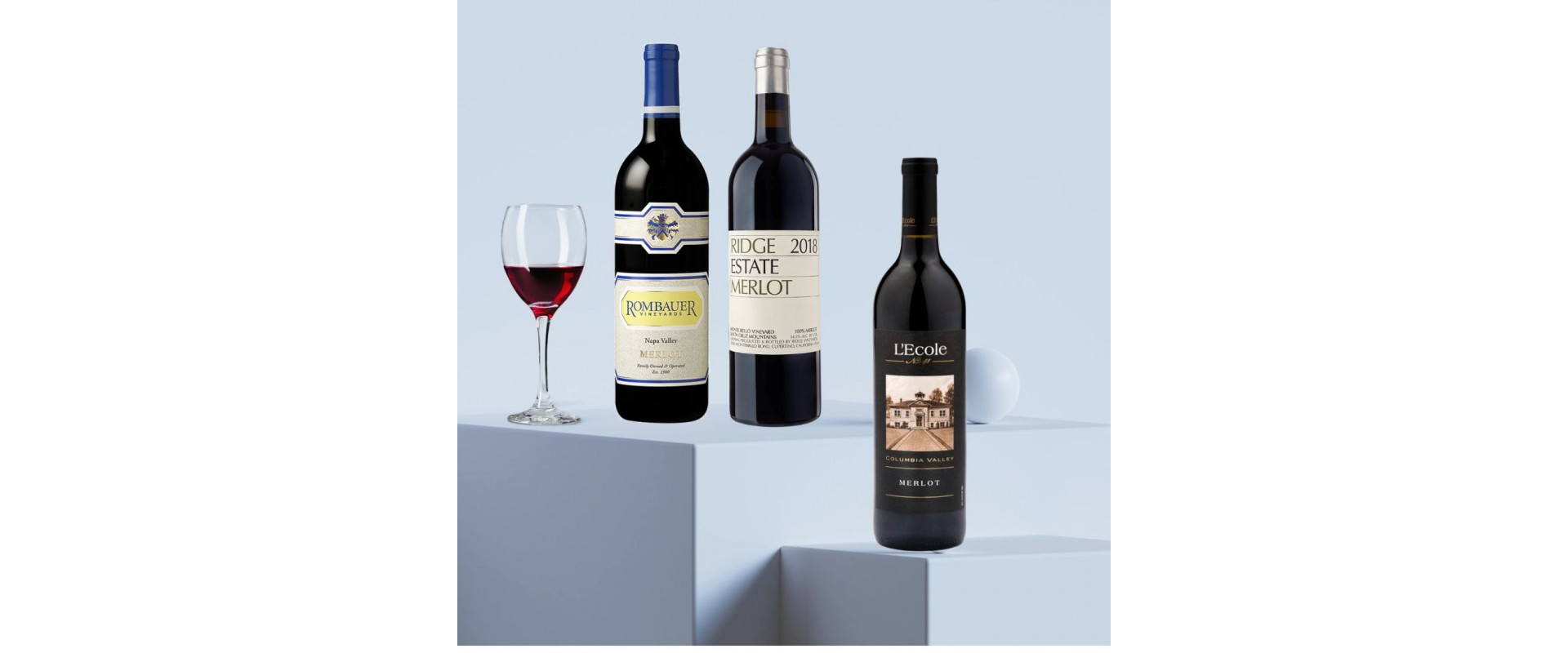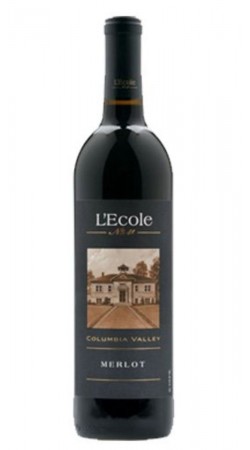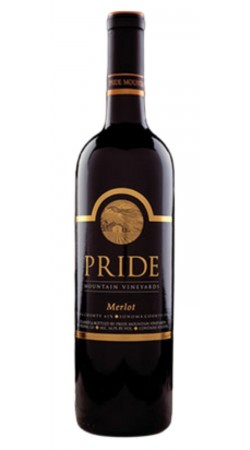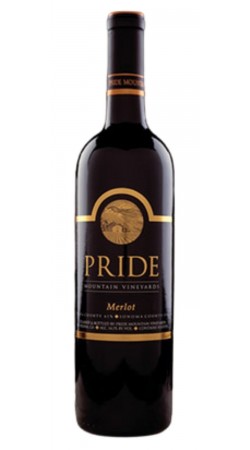
Merlot wine has captivated palates across the globe with its smooth texture and rich flavors. Recognized as one of the most popular red wine varietals, its complexities and variations deserve careful exploration. This article seeks to guide readers through the multifaceted world of Merlot, addressing its history, flavor profile, and unique characteristics that set apart remarkable bottles from conventional selections.
Understanding Merlot is not merely about tasting; it involves an appreciation of its origins, regions, and food pairings, all of which greatly enhance the drinking experience. Whether you are a culinary enthusiast or a casual wine drinker, gaining insight into Merlot adds substantial value to your knowledge of wines. Such understanding empowers one to choose quality selections and to pair them wisely with food. As we delve into this guide, we aim to equip readers with the knowledge required to appreciate Merlot's fine intricacies.
Flavor Profiles
Merlot is known for its fruit-forward flavor, often displaying notes of plum, black cherry, and raspberry. The softness of its tannins makes it exceptionally drinkable, appealing to those who may find bolder reds too harsh. Secondary flavors can include chocolate, herbs, or even mint, depending on the region and method of production.
While the general flavor profile is consistent worldwide, regional influences significantly shape the wine's characteristics. For instance:
- Bordeaux, France: Notable for more earthy and structured Merlots.
- Napa Valley, California: Known for ripe fruitiness with a plush mouthfeel.
- Chile: Often presents a balance of fruit and acidity, with a touch of herbal complexity.
Understanding these profiles enables wine enthusiasts to pick wines that align with their preferences.
Key Factors in Quality Selection
Not all Merlots are created equal. Several factors influence the quality of Merlot:
- Origin: The terroir of a wine region deeply affects its flavor. Wines from cooler climates typically show more acidity and fresher fruit, while those from warmer areas may be more rounded and fuller-bodied.
- Winemaking Techniques: Methods such as barrel aging, fermentation temperature, and blending practices play a critical role in the final product.
- Vintage: The year of production can impact the wine’s taste, as weather variances influence grape ripening.
When selecting a Merlot, consider these aspects to ensure you are choosing a commendable bottle that meets your expectations.
Ideal Pairings
Pairing Merlot with food can elevate both the wine and the dish. Given its fruitiness and soft tannins, it complements a variety of cuisines:
- Red meats: Grilled steak or lamb enhances the wine's rich flavors.
- Pasta dishes: Tomato-based sauces and meat sauces synergize well with Merlot.
- Cheeses: Soft cheeses like Brie or aged Gouda can balance the wine's profile perfectly.
Experimenting with pairings can yield delightful results, making meals more enjoyable.






